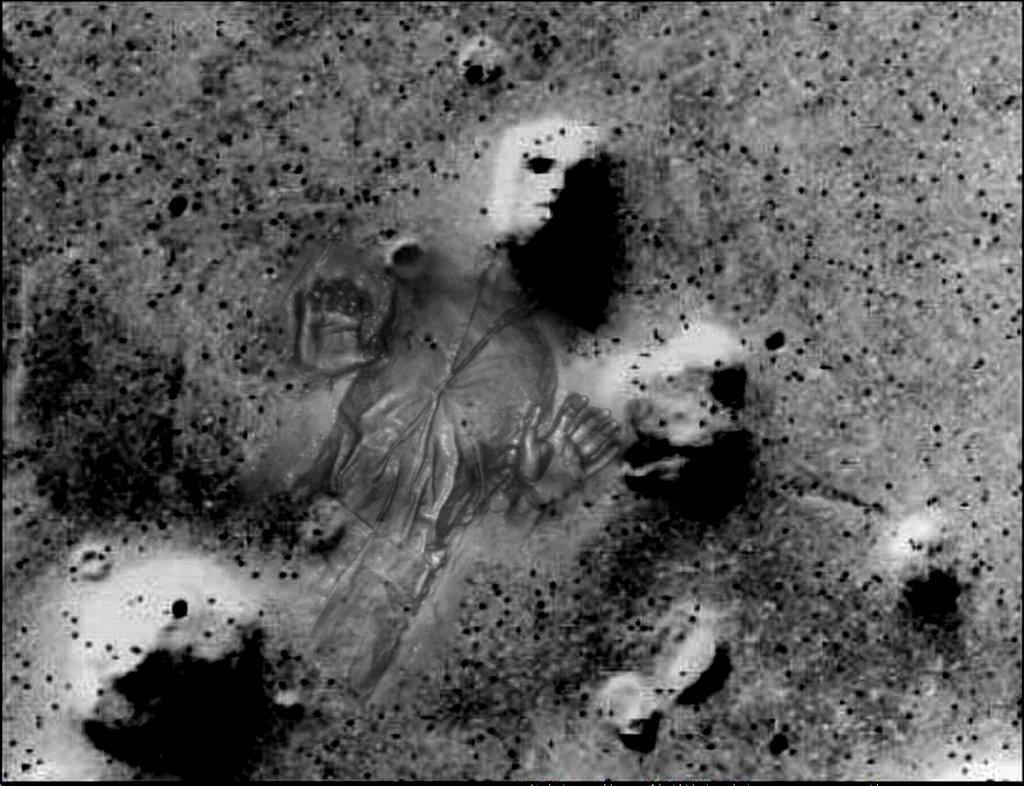

Some have proposed the idea that this gas may be coming from life below the surface. Scientists have recently found other signs of life on the red planet, including fluctuating levels of methane in the atmosphere. Once collected, samples will be sent back to Earth from a small rocket deployed from the rover. NASA is planning on sending another rover to Mars in 2020 that is nearly identical to Curiosity, with the goal of strictly searching for signs of previous life. In either case, the finding shows that the area once consisted of a body of water that had the elements needed to support life. Some have contested that these tubular markings are more likely crystals, rather than the footprint of microorganisms. The stick-shaped markings aren’t actually considered to be fossils of microorganisms themselves, but rather fossils of their imprints. Though she’s hesitant to make any definitive claims, her paper provides some of the best evidence to date for indications of past lifeforms. Nora Noffke of Old Dominion University in Virgina meticulously compared the photo to instances of MISS on Earth and published a paper that has intrigued scientists at NASA. To the untrained eye these formations might not appear to be much, but to a microbiologist who has studied microbially induced sedimentary structures (MISS), the pictures seem to have some profound implications. In recent images of the Gillespie Lake outcrop, in the Yellowknife Bay area, Curiosity sent back pictures of small stick-like formations in a segment of sedimentary rock. Aside from ice caps on the Martian poles, evidence of water in Mars’ past can be seen in dried lake beds, gullies, and what was once a large ocean in the planet’s topography. Scientists know that water once flowed on Mars and have been on a quest to discover whether it still does to this day. In addition to snapping pictures, the nomadic vehicle has been searching for signs of water, while also determining the viability for human colonization. Over the past five and a half years, NASA’s Curiosity rover has been mapping and imaging the Martian surface to gain more insight on the dusty planet. Now, NASA’s Curiosity rover may have finally found indication of this from images showing what appear to be fossilized microbial structures. The face on Mars’ coordinates are: 40.74813 N 9.70136 Wįor years, theorists have suggested that Mars once contained the necessary requirements to support life. Other such faces of similar size and likeness were found and imaged in an area of Mars referred to as the Utopia region. And despite skeptics’ view that our ability to see a face is simply a play of shadows, multiple images and lighting angles have shown that the face is symmetrical. The face is quite large stretching almost two miles in length and just over one mile in width. The face appears to be wearing a helmet or headdress and further analysis seems to show teeth as well as the presence of eyes in the sockets. The two found images of the face taken by NASA’s Viking satellites which became a source of study and debate that continues today. This face was originally found by two NASA contractors named, Vincent DiPietro and Gregory Molenaar. The most commonly known and probably the most distinct of the unexplained features can be seen in images of the face on Mars in its Cydonia region.


 0 kommentar(er)
0 kommentar(er)
